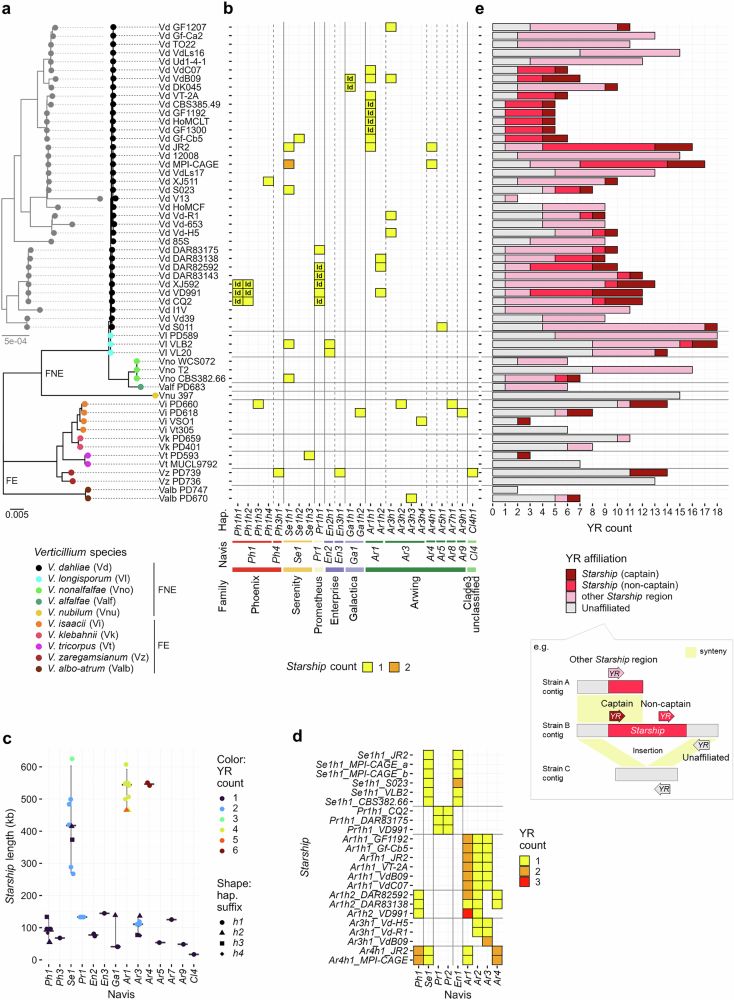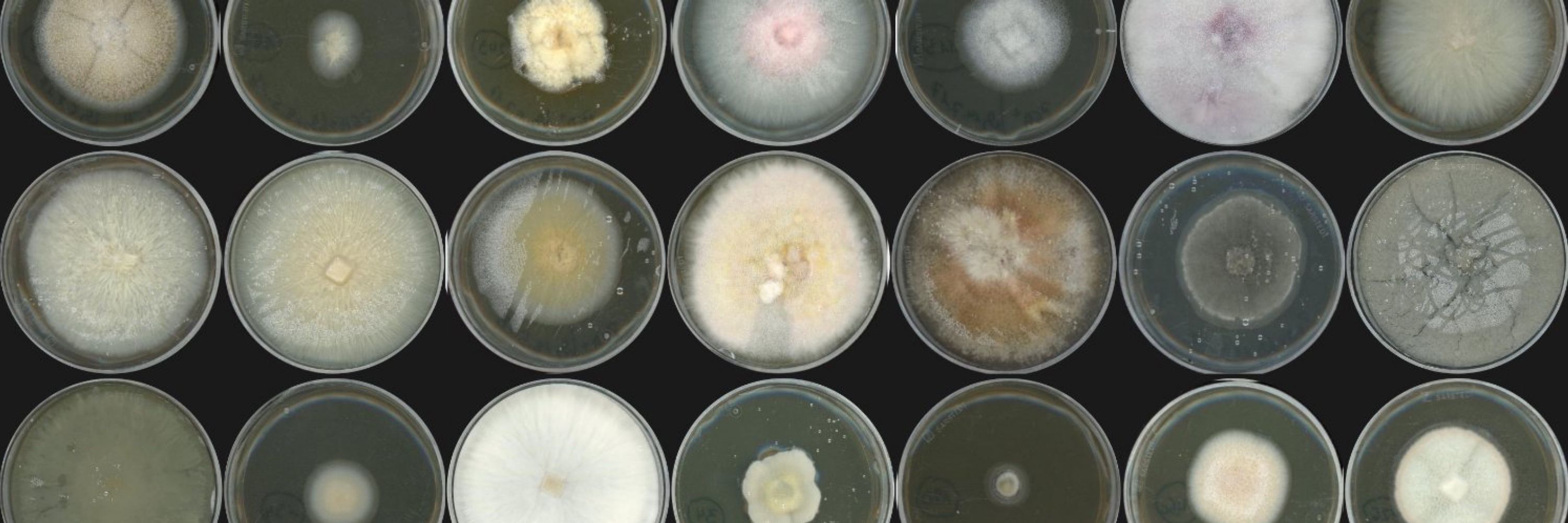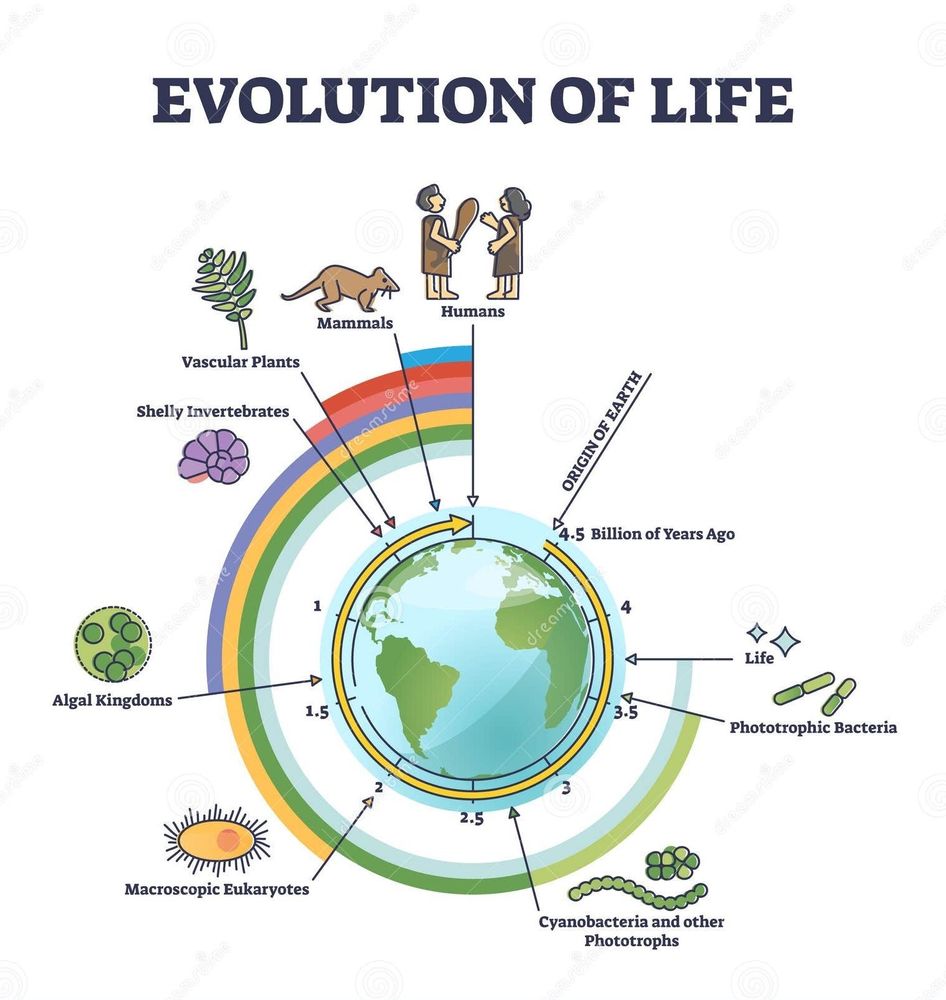Fantin Mesny
@mesny.bsky.social
640 followers
420 following
60 posts
Post-doctoral researcher in the group of Prof. Marcel van der Heijden (University of Zürich, Switzerland).
Fungal biology | Soil & plant microbiota | Ecology & evolution | Plant-microbe-microbe interactions | Genomics | ...
Posts
Media
Videos
Starter Packs
Pinned
Fantin Mesny
@mesny.bsky.social
· Aug 15

Plant-associated fungi co-opt ancient antimicrobials for host manipulation
Evolutionary histories of effector proteins secreted by fungal pathogens to mediate plant colonization remain largely elusive. While most functionally characterized effectors modulate plant immunity, ...
www.biorxiv.org
Reposted by Fantin Mesny
Reposted by Fantin Mesny
John M. Drake
@jdrakephd.bsky.social
· Aug 21

Why are there so few pathogens? Ecology and evolution in pathogen emergence
Why are there so few pathogens, and what determines their emergence? This Perspective argues that ecological and evolutionary forces (host availability, geographic exposure and microbial innovation) w...
journals.plos.org
Reposted by Fantin Mesny
Reposted by Fantin Mesny
Daniel Croll
@danielcroll.bsky.social
· Sep 3

One mother for two species via obligate cross-species cloning in ants - Nature
In a case of obligate cross-species cloning, female ants of Messor ibericus need to clone males of Messor structor to obtain sperm for producing the worker caste, resulting in males from the same moth...
www.nature.com
Reposted by Fantin Mesny
Reposted by Fantin Mesny
Lara Van Dijck
@laravdijck.bsky.social
· Aug 21

Cooperation between a root fungal endophyte and host‐derived coumarin scopoletin mediates Arabidopsis iron nutrition
Iron acquisition is a critical challenge for plants, especially in iron-deficient soils. Recent research underscores the importance of root-exuded coumarins in modulating the root microbiome communi.....
doi.org
Reposted by Fantin Mesny
Zamin Iqbal
@zaminiqbal.bsky.social
· Aug 17

Protein structure alignment significance is often exaggerated
Machine learning has generated millions of high-quality predicted protein structures, creating a need for computationally efficient structure search algorithms and robust estimates of statistical sign...
www.biorxiv.org
Reposted by Fantin Mesny
Team Thomma
@teamthomma.bsky.social
· Aug 15
Fantin Mesny
@mesny.bsky.social
· Aug 15

Plant-associated fungi co-opt ancient antimicrobials for host manipulation
Evolutionary histories of effector proteins secreted by fungal pathogens to mediate plant colonization remain largely elusive. While most functionally characterized effectors modulate plant immunity, ...
www.biorxiv.org
Fantin Mesny
@mesny.bsky.social
· Aug 16
Fantin Mesny
@mesny.bsky.social
· Aug 15
Fantin Mesny
@mesny.bsky.social
· Aug 15
Fantin Mesny
@mesny.bsky.social
· Aug 15

Plant-associated fungi co-opt ancient antimicrobials for host manipulation
Evolutionary histories of effector proteins secreted by fungal pathogens to mediate plant colonization remain largely elusive. While most functionally characterized effectors modulate plant immunity, ...
www.biorxiv.org
Reposted by Fantin Mesny
Team Thomma
@teamthomma.bsky.social
· Jul 24

Starship giant transposons dominate plastic genomic regions in a fungal plant pathogen and drive virulence evolution
Nature Communications - Giant transposons, known as ‘Starships’, mediate horizontal gene transfer between fungal genomes. Here, Sato et al. show that Starships occupy genome regions...
rdcu.be













